Welcome to the Safety 1st family! This manual guides you through the safe and proper use of your convertible car seat, ensuring your child’s protection and comfort from rear-facing to forward-facing modes. Designed for children 5-40 lb rear-facing and 22-65 lb forward-facing, this seat offers durability, ease of use, and advanced safety features. Read all instructions carefully before use to ensure optimal installation and adjustment for your child’s growing needs.
Overview of the Safety 1st Convertible Car Seat
The Safety 1st Convertible Car Seat is a versatile and reliable choice for parents, designed to accommodate children from rear-facing to forward-facing modes. With a weight range of 5-40 lb (2.3-18 kg) for rear-facing and 22-65 lb (10.1-29 kg) for forward-facing, it ensures safety and comfort as your child grows. The seat features an adjustable shell, LATCH system, and a harness system for secure installation and proper fit. Its durable construction and advanced safety features provide peace of mind for parents. The convertible design allows seamless transitions between modes, making it a practical solution for long-term use. This car seat is engineered to meet high safety standards while offering ease of use and convenience.
Importance of Following the Manual
Failing to follow the Safety 1st Convertible Car Seat manual can lead to serious injury or death. Proper installation and use ensure your child’s safety. Always read all instructions before use. Adhere to weight, height, and mode guidelines. Regularly check the car seat’s fit and adjust as needed. Ensure correct use of LATCH, vehicle belts, and harness systems. Never skip steps or overlook safety warnings. Proper installation and adjustment are critical to protect your child in the event of an accident. Follow the manual to ensure your child is secure and comfortable, meeting all safety standards for their protection and your peace of mind. Always refer to the manual for guidance on installation, securing your child, and maintaining the car seat. Compliance with instructions ensures optimal safety and functionality. By following the manual, you provide the best possible protection for your child. Consistent adherence to guidelines ensures long-term safety and reliability of the car seat. Always double-check the manual for specific details on installation and use. Your child’s safety depends on it.
Key Features of the Safety 1st Convertible Car Seat
The Safety 1st Convertible Car Seat is designed for versatility and safety, accommodating children from 5-40 lb in rear-facing mode and up to 65 lb in forward-facing mode. Its adjustable shell and headrest ensure proper fit as your child grows. The LATCH system provides secure installation, while multiple recline positions enhance comfort and safety. The harness system and chest clip offer precise adjustment for optimal protection. Durable construction and easy-to-clean materials make maintenance straightforward. This car seat meets rigorous safety standards, offering peace of mind for parents. Its advanced features and user-friendly design make it a reliable choice for protecting your child from infancy through early childhood.
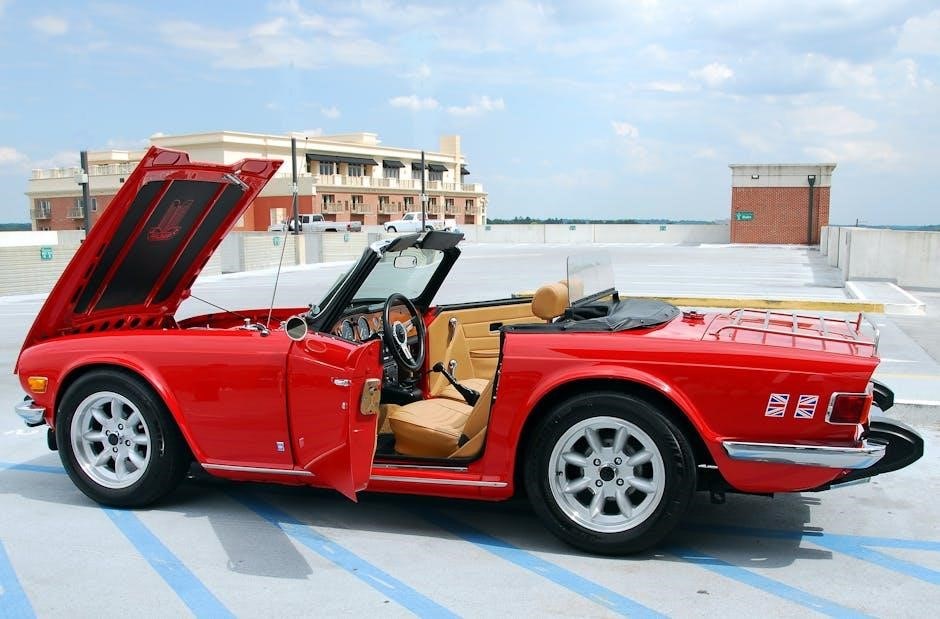
Understanding the Safety 1st Convertible Car Seat
The Safety 1st Convertible Car Seat is designed to adapt to your child’s growth, offering rear-facing and forward-facing modes with adjustable features for optimal safety and comfort.
Weight and Height Limits for Rear-Facing and Forward-Facing Modes
The Safety 1st Convertible Car Seat accommodates children in rear-facing mode from 5-40 lb (2.3-18 kg) and 19-40 in (48-101.6 cm), with children under 1 year required to ride rear-facing. For forward-facing mode, the limits are 22-65 lb (10.1-29 kg) and 29-49 in (73.6-125 cm), with the child at least 1 year old. Ensure your child meets these weight and height requirements for their safety and comfort. Always refer to the manual for precise guidelines to ensure proper fit and compliance with safety standards.
Parts of the Car Seat: Adjustable Shell, LATCH, and Harness System
The Safety 1st Convertible Car Seat features an adjustable shell designed to grow with your child, ensuring proper fit and comfort. The LATCH (Lower Anchors and Tethers for Children) system provides a secure installation in both rear- and forward-facing modes, with lower anchor hooks and a tether strap for added stability. The harness system includes adjustable straps, a chest clip, and a buckle, ensuring your child is snugly and safely secured. These components work together to provide a reliable and adaptable car seat solution, meeting high safety standards while offering ease of use for parents.
Recline Positions and Level Lines
The Safety 1st Convertible Car Seat offers two recline positions for rear-facing mode and one position for forward-facing mode, ensuring proper alignment and comfort for your child. The level lines on the seat indicate the correct recline angle, which must be parallel to the ground for rear-facing installations. For forward-facing mode, the level line should align with the vehicle seat. Proper recline ensures the car seat functions effectively in crash protection. Always check the manual to confirm the correct recline position based on your child’s weight and the installation method. Adjusting the recline angle correctly is essential for your child’s safety and comfort during travel.
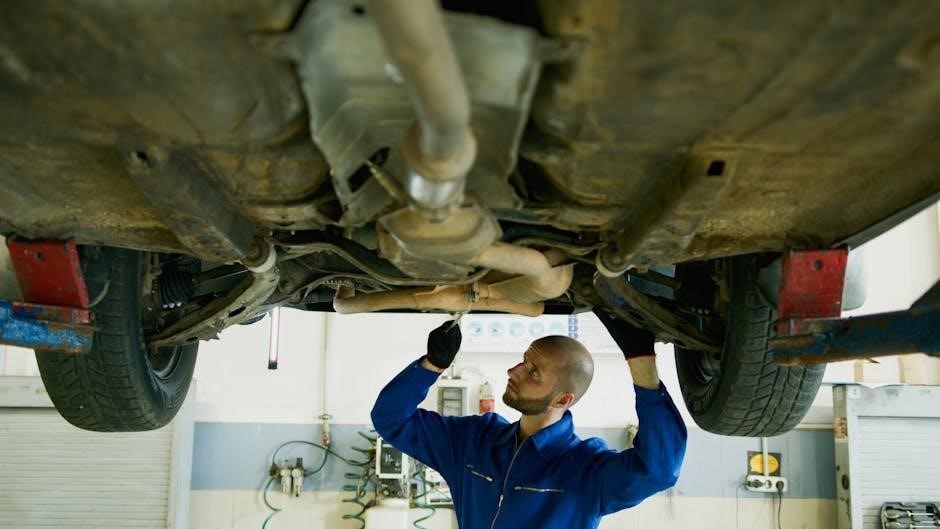
Installation Methods
The Safety 1st Convertible Car Seat offers multiple installation methods, including vehicle belt, LATCH, and tether options, ensuring a secure fit in various vehicles. Follow manual instructions for proper installation based on your child’s weight and mode of use to ensure safety and compliance with vehicle specifications.
Rear-Facing Installation Using Vehicle Belt
For rear-facing installation using the vehicle belt, place the car seat in the back seat and route the vehicle belt through the rear-facing belt path. Buckle the seat belt and tighten it by pulling the free end through the belt path while pressing the seat firmly into the vehicle. Ensure the car seat is flush against the vehicle seat and the level lines on the shell are parallel to the ground. Check the car seat’s weight and height limits (5-40 lb, 19-40 in.) to confirm rear-facing eligibility. If needed, use a tightly rolled towel or pool noodle under the seat to achieve proper recline. Always verify the installation by ensuring no more than 1 inch of movement at the base.
Forward-Facing Installation with Tether
For forward-facing installation with a tether, place the car seat in the vehicle’s back seat, ensuring it is upright and level. Route the vehicle belt through the forward-facing belt path and buckle it. Tighten the belt by pulling the free end through the belt path while pressing the seat firmly into the vehicle. Attach the tether hook to the vehicle’s tether anchor, located behind the seat, and tighten the tether strap to remove slack. Ensure the car seat is flush against the vehicle seat and the level lines on the shell align correctly. Check the child’s weight (22-65 lb, 29-49 in.) to confirm forward-facing eligibility. Refer to your vehicle’s manual for tether anchor locations and always verify the installation by ensuring no more than 1 inch of movement at the base.
Using LATCH for Rear-Facing and Forward-Facing Modes
For rear-facing installation, locate the lower anchor hooks on the car seat and attach them to your vehicle’s LATCH anchors. Route the rear-facing belt through the designated belt path and tighten by pulling the strap. Ensure the car seat is snug and level, using the recline adjustment if necessary. For forward-facing mode, attach the lower anchors similarly but route the belt through the forward-facing belt path. Always secure the tether strap to the vehicle’s tether anchor for added stability. Tighten all straps firmly and verify the car seat’s position by checking the level lines and ensuring no more than 1 inch of movement. Follow the manual for weight limits and proper alignment to ensure a safe and secure fit.
Vehicle Belt Installation for Forward-Facing Mode
For forward-facing mode, place the car seat in the vehicle and route the vehicle belt through the forward-facing belt path. Buckle the seat belt and pull the free end to tighten. Ensure the belt is snug and the car seat does not move more than 1 inch side to side or front to back. Attach the tether strap to the vehicle’s tether anchor for added stability. Check the level lines to confirm the car seat is properly aligned. Firmly press the car seat into the vehicle seat while tightening the belt to ensure a secure fit. Refer to your vehicle’s manual for specific belt-locking mechanisms and always verify the installation by tugging on the car seat.
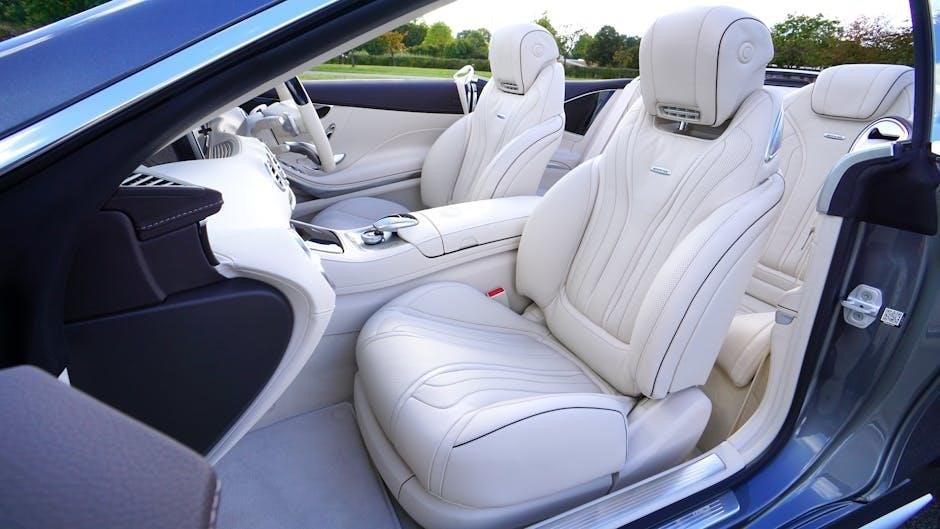
Securing Your Child
Ensure your child is properly secured by adjusting the harness snugly, positioning the chest clip at mid-chest, and verifying a tight fit to guarantee maximum safety.
Placing the Child in the Car Seat
Place your child in the car seat with their bottom and back flat against the seat. Ensure the harness straps are over their shoulders and upper thighs, not twisted. For rear-facing, the top of their head must be below the car seat’s top edge. In forward-facing, their ears should stay below the headrest. Always check the fit regularly as your child grows. Ensure the chest clip is at mid-chest level, even with their armpits, and away from their neck. Proper positioning ensures optimal safety and comfort during travel.
Adjusting the Harness System
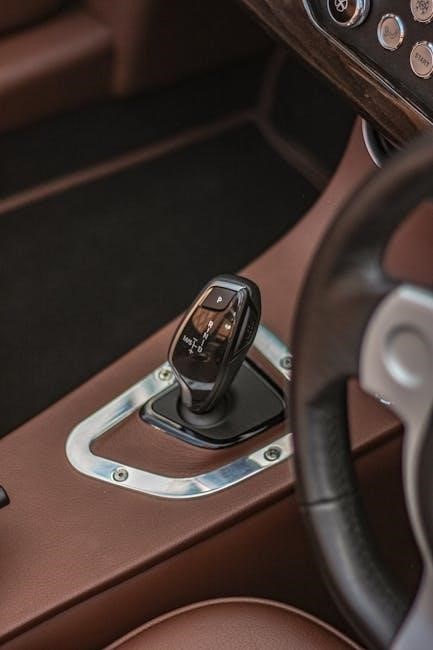
To adjust the harness system, first loosen the straps by pressing the harness release lever; Pull the straps snugly around your child, ensuring they fit comfortably without twisting. The harness should be tight enough to pass the pinch test—no slack should remain when pinched at the shoulder. For smaller infants, you may need to adjust the buckle straps or use the provided elastic straps for a secure fit. Always ensure the chest clip is positioned at mid-chest level, aligned with your child’s armpits, and away from their neck. Regularly check and adjust the harness as your child grows to maintain a proper, safe fit.
Positioning the Chest Clip
Properly positioning the chest clip is crucial for your child’s safety and comfort. After securing your child in the harness, slide the chest clip up the harness straps until it rests at mid-chest level. Ensure it is aligned with your child’s armpits and not too high, as this could cause discomfort or risk. The chest clip should lie flat against your child’s chest, avoiding any contact with their neck or throat. Always check the clip’s position after tightening the harness to ensure it remains correctly placed. This step ensures the harness distributes forces evenly in the event of sudden stops or impacts, providing optimal protection for your child.
Checking the Fit of the Car Seat
After installing and securing your child in the car seat, ensure a proper fit by checking the seat’s stability and alignment. Verify that the car seat moves no more than 1 inch side-to-side or front-to-back at the base. For rear-facing seats, the level line must be parallel to the ground, while forward-facing seats should follow the vehicle’s natural incline. Regularly inspect the seat’s position and tightness, as it may shift over time. Ensure the car seat is flush against the vehicle seat and adjust the recline if necessary. Proper fit ensures your child’s safety and comfort during travel.

Maintenance and Cleaning

Regularly clean the car seat by removing the seat pad and washing it by hand. Wipe the harness with a damp cloth and avoid harsh chemicals. Store the car seat in a dry, cool place when not in use to maintain its integrity and ensure longevity. Always follow the manufacturer’s cleaning instructions to preserve safety features and keep your child comfortable.
Removing and Cleaning the Seat Pad
To remove the seat pad, first unbuckle the harness system and slide it out from the back of the seat. Undo the fastening strips located behind the headrest and gently pull the pad away from the shell. Machine wash the pad using mild detergent and cold water. Avoid using bleach or harsh chemicals to maintain the fabric’s integrity. Allow the pad to air dry completely before reattaching it to the car seat. Ensure all fastening strips are securely refastened to keep the pad in place. Regular cleaning helps maintain hygiene and your child’s comfort while ensuring the car seat remains safe and functional.
Cleaning the Harness System
Cleaning the harness system is essential for maintaining your child’s safety and comfort. Start by loosening the harness straps and removing any debris. Dampen a soft cloth with mild soap and water, then gently wipe the straps, avoiding harsh rubbing. Do not submerge the harness in water or use bleach, as this could weaken the material. Allow the harness to air dry completely before reassembling. Regular cleaning prevents the buildup of dirt and odors, ensuring the harness remains secure and comfortable for your child. Always refer to the manual for specific instructions to avoid damaging the system.
Proper Storage of the Car Seat
Proper storage of the Safety 1st Convertible Car Seat ensures its longevity and safety. When not in use, store the seat in a cool, dry place away from direct sunlight. Avoid extreme temperatures, as this can degrade the materials. Remove any accessories or seat pads before storage to prevent moisture buildup. If storing for an extended period, ensure the seat is clean and dry. Never store the car seat in a compressed or folded position, as this could damage the structure. Always follow the manufacturer’s guidelines for storage to maintain the seat’s integrity and ensure it remains safe for future use. Proper storage also prevents any potential damage from pests or environmental factors.
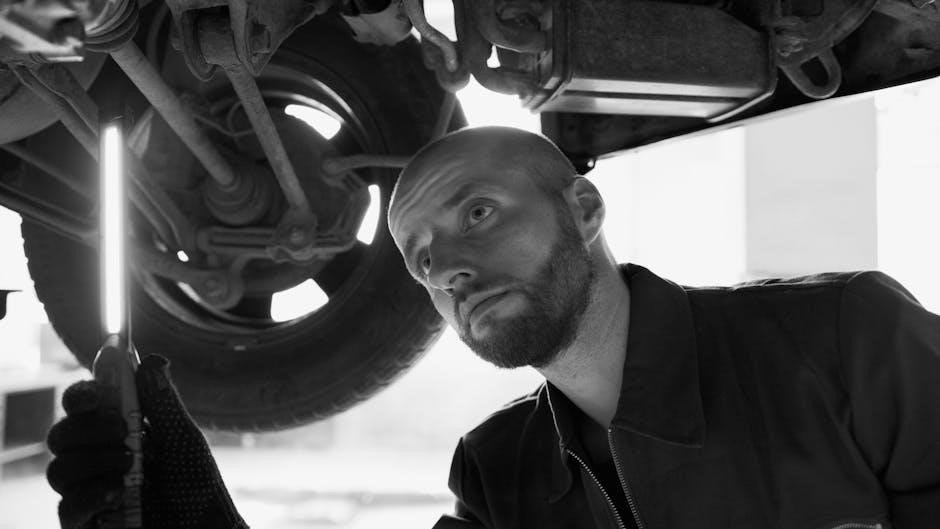
Troubleshooting Common Issues
Common issues with the Safety 1st Convertible Car Seat include improper installation, harness fit, and recline positions. Always refer to the manual for guidance.

Resolving Installation Problems
Installation issues can arise, such as loose fits or improper recline. Ensure the car seat is snug and level, using tools like pool noodles if needed. For rear-facing, the base must be flush with the vehicle seat, and the level line parallel to the ground. If using LATCH, tighten straps firmly and avoid slack. For forward-facing, secure the tether to prevent excessive movement. Always check your vehicle’s manual for specific guidance on car seat installation. If the seat moves more than 1 inch, reinstall or try a different seating position. Regularly inspect the installation to ensure safety and adjust as needed.
Adjusting the Harness for Proper Fit
To ensure your child’s safety and comfort, properly adjusting the harness is essential. Begin by positioning your child correctly in the seat, with their bottom and back flat against it. For rear-facing, harness straps should be at or below your child’s shoulders, and at or above for forward-facing. Tighten the harness by pulling the adjustment strap at the bottom until snug—ensuring no slack can be pinched. The chest clip should be at mid-chest level, aligned with your child’s armpits. Adjust the crotch strap for a secure fit, avoiding discomfort. Regularly check the harness fit as your child grows, and ensure the headrest is correctly positioned. Always refer to the manual for specific guidance to maintain safety and comfort.
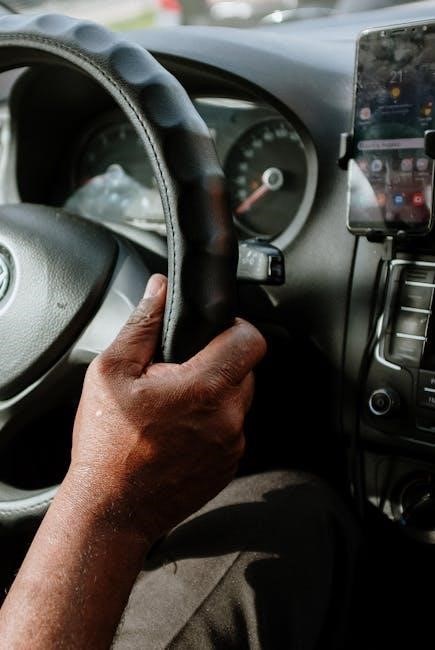
Tips for Use
Ensure proper installation using LATCH or vehicle belts, and regularly check the harness fit as your child grows. Always refer to the manual for guidance on transitioning modes and maintaining cleanliness for optimal safety and comfort.
Using the Car Seat in Rear-Facing Mode
For rear-facing mode, ensure your child is between 5-40 lb (2.3-18 kg) and 19-40 in. (48-101.6 cm) tall. Always check the level lines to ensure the seat is properly reclined. Use LATCH or vehicle belts for secure installation, following the manual’s guidance. Tighten the straps snugly and position the chest clip at mid-chest level. For smaller infants, adjust the harness and buckle straps as needed for a snug fit. Regularly check the harness fit as your child grows and ensure the car seat remains tightly secured in your vehicle. Proper use ensures maximum safety and comfort for your child.
Transitioning to Forward-Facing Mode
Transition your child to forward-facing mode once they reach 22-65 lb (10.1-29 kg) and 29-49 in. (73.6-125 cm) tall, and are at least 1 year old. Adjust the harness height to fit your child, ensuring the straps are below their shoulders. Position the headrest so the top of your child’s ears are below the car seat’s headrest. Use the tether strap for added stability and ensure the car seat is securely installed using either the vehicle belt or LATCH system. Check the recline angle to ensure proper positioning and tighten the installation to prevent movement. Regularly check the fit as your child grows to maintain safety and comfort.
Using the Car Seat in Booster Mode
For children weighing 40-100 pounds (18-45.4 kg) and 38-57 inches (96.5-144.8 cm) tall, the Safety 1st Convertible Car Seat transitions into booster mode. Remove the harness system and adjust the seat to its tallest position. Ensure the vehicle seat belt fits properly across your child’s shoulder and hips, with the lap belt snug over the thighs. Regularly check the fit to ensure the belt remains correctly positioned as your child grows. Always secure the booster seat firmly in the vehicle and follow the manual’s guidance for optimal safety and comfort during this stage of your child’s development.
Car Seat Safety for Air Travel
When using the Safety 1st Convertible Car Seat on an airplane, ensure it is placed in a forward-facing aircraft seat. The seat must be certified for aircraft use, and some airlines may require verification of this certification. Install the car seat using the vehicle belt or LATCH system, following the same steps as in a car. If the aircraft lap belt is too short, request a belt extender from the flight attendant. Secure the car seat snugly and ensure the child is properly harnessed. Always check with the airline for specific policies regarding car seat use during flights. Proper installation and adherence to guidelines ensure a safe and comfortable journey for your child.
The Safety 1st Convertible Car Seat is a reliable and versatile solution for keeping your child safe and comfortable from infancy through early childhood. By following the guidelines in this manual, you can ensure proper installation, adjustment, and maintenance of the seat. Always prioritize your child’s safety by adhering to weight, height, and age limits for rear-facing and forward-facing modes. Regularly check the fit of the harness system and seat placement to accommodate your growing child. Remember to consult the manual for troubleshooting common issues and tips for optimal use. With proper care and attention, this car seat will provide years of reliable service, giving you peace of mind on every journey.
